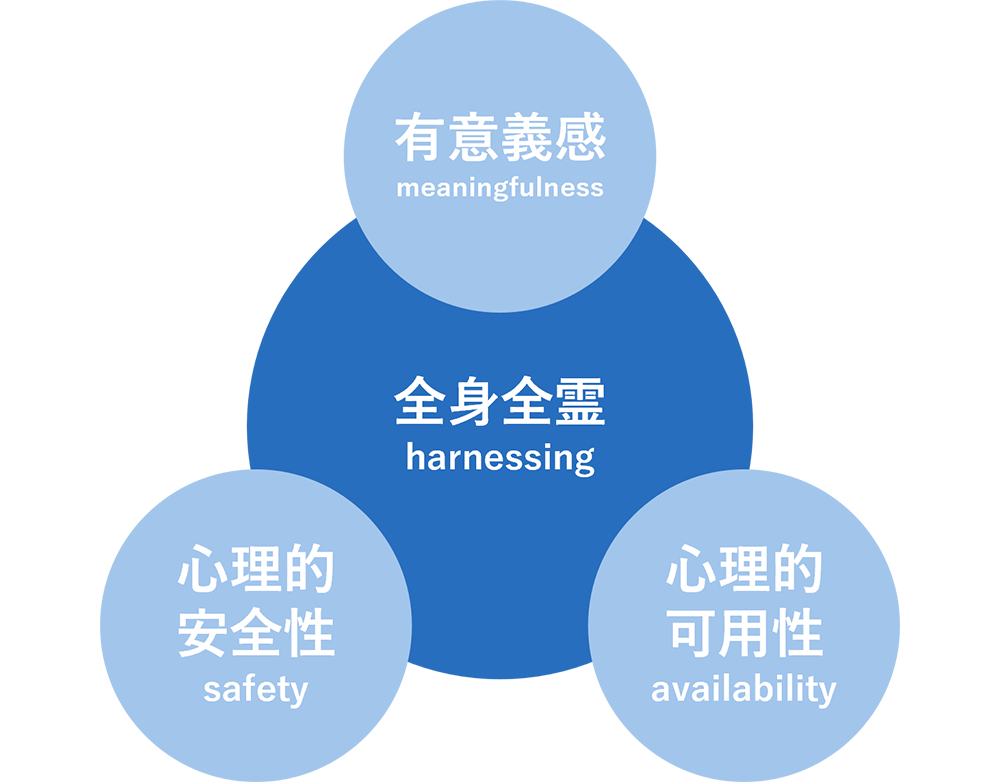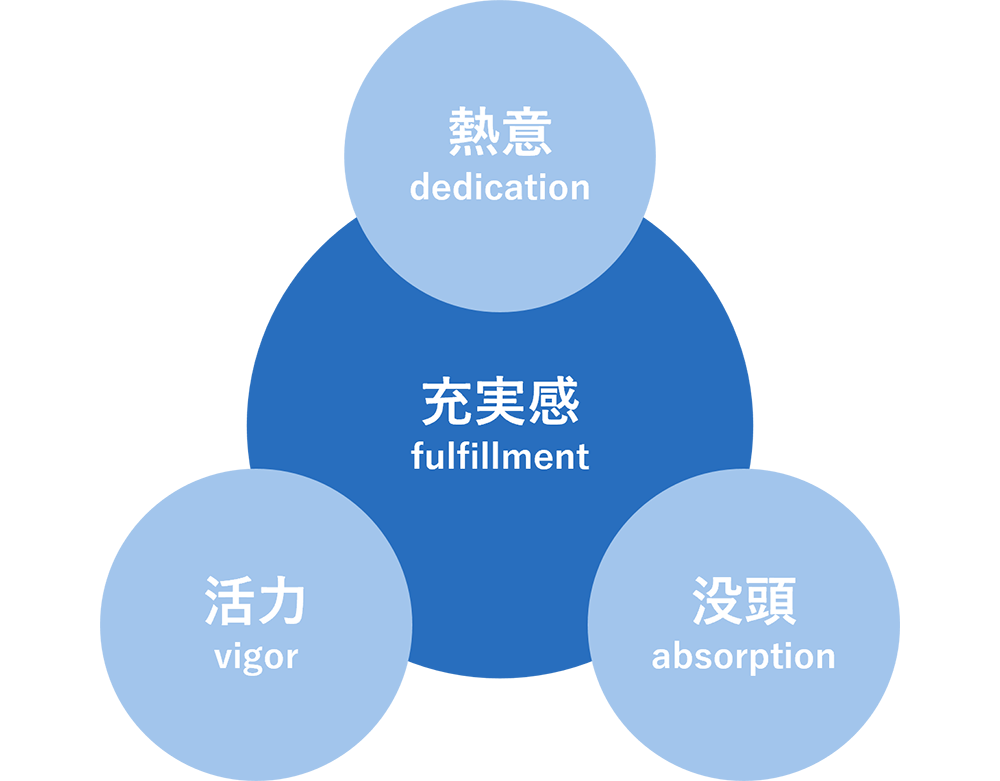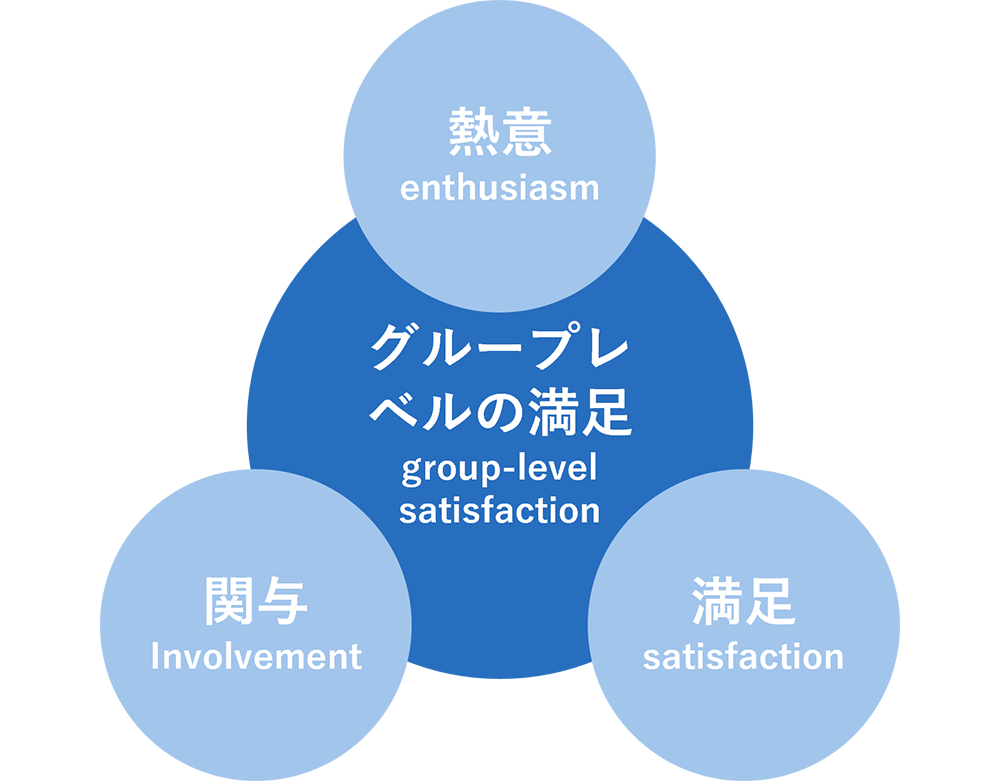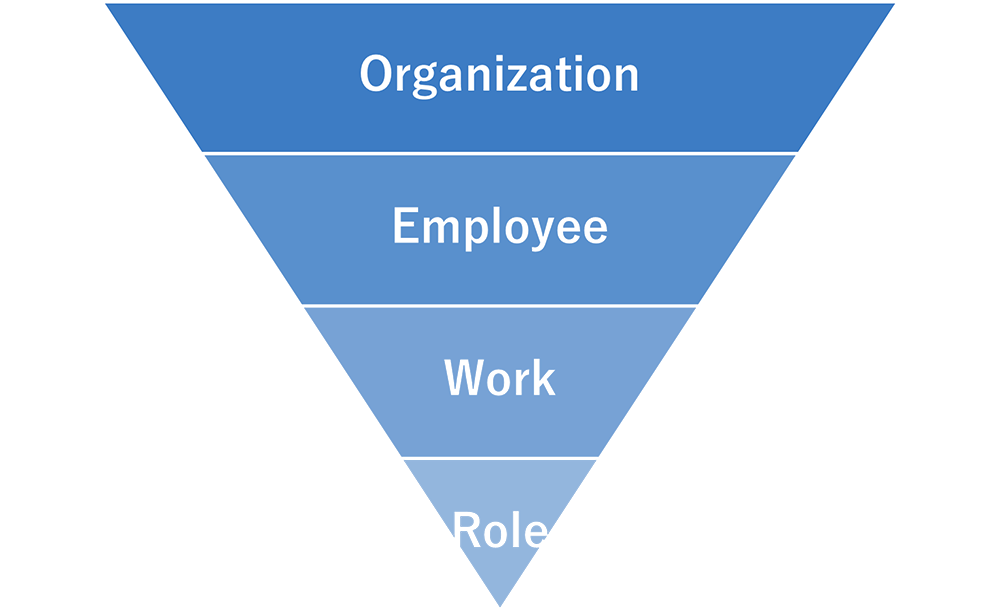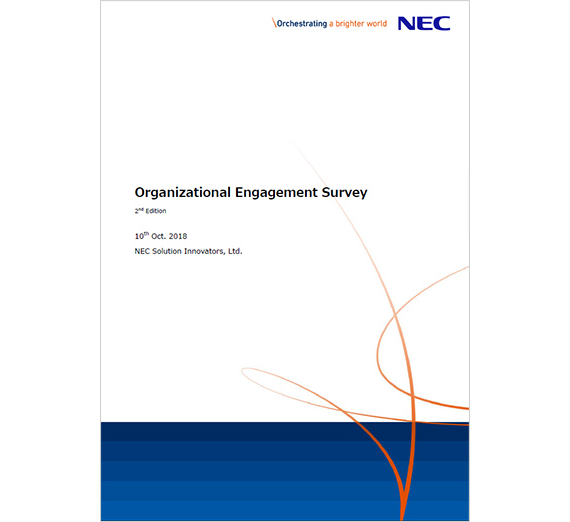Enhanced satisfaction and reduced turnover
In the study of engagement, three primary outcome metrics are commonly assessed: job satisfaction, affective organizational commitment, and intent to quit. A substantial body of research supports the notion that higher levels of engagement lead to increased job satisfaction and organizational commitment, while simultaneously decreasing the likelihood of employees intending to quit.
A key meta-analysis conducted by Harter and colleagues (2002) establishes a positive correlation between organization engagement, customer satisfaction, and productivity. Similarly, Saks' study in 2006 demonstrates a significant link between organization engagement and organizational citizenship behavior.
Highly engaged individuals tend to be fully committed to their work, avoiding the practice of cutting corners. This often results in elevated productivity levels, as tasks are typically completed with a high degree of success, fostering greater job satisfaction. The quality of their work also positively impacts customer satisfaction. Furthermore, as these employees are generally satisfied with their work, they are less inclined to consider leaving their jobs.
However, while employees may think about wanting to grow or achieve, they rarely consider wanting to increase their engagement. Since engagement is merely a state, what causes an employee's engagement must be measured with different indicators. Therefore, there are many engagement survey services available that comprehensively explore these factors.



